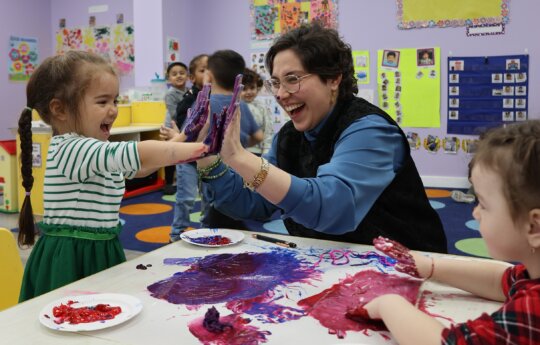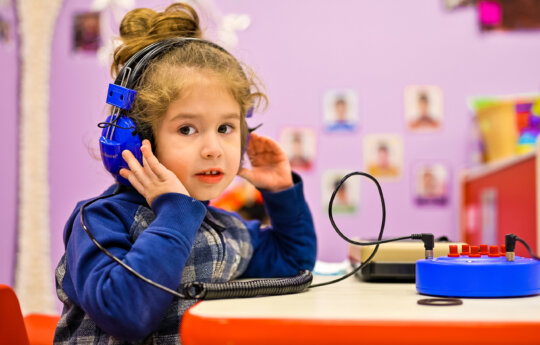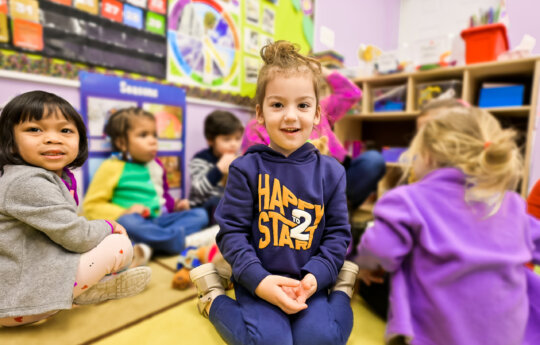
In the early years of childhood development, problem-solving skills are foundational to cognitive growth and practical learning. This article explores engaging activities, scenarios, and resources designed to foster these critical skills in young learners. Through a variety of methods, including interactive games, math activities, and educational books, preschoolers can develop the ability to navigate challenges, leading to enhanced learning experiences and a solid foundation for future academic success.
To cultivate these essential skills in your preschooler and lay a strong foundation for their future, explore the wealth of problem-solving activities, games, and resources available. Embrace the joy of learning together and watch as your child’s problem-solving abilities flourish. Begin this exciting journey now and open a world of possibilities for your little learner!
Understanding Problem-Solving for Preschoolers
Definition and significance of problem-solving skills in preschoolers
Problem-solving skills in preschoolers refer to their ability to understand a problem, think through solutions, and execute a plan to overcome it. This capability is vital for their cognitive development and helps in navigating daily challenges. Preschoolers encounter problem-solving scenarios in various forms, such as puzzles, social interactions, and play activities, where they learn to make decisions, analyze outcomes, and adapt to new situations. Engaging them in targeted problem-solving activities and games can significantly enhance these skills, preparing them for future more complex tasks and decision-making processes.
Overview of typical problem-solving scenarios for preschoolers
Preschoolers encounter various problem-solving scenarios daily, which are crucial for their cognitive, social, and emotional development. These scenarios typically involve challenges or situations that require them to analyze, make decisions, and find solutions. Here’s an overview of common types of problem-solving situations preschoolers might face:
- Social Interactions: Learning to share toys, taking turns, and resolving conflicts with peers are common problems requiring negotiation and empathy.
- Self-care Tasks: Dressing themselves, tying shoelaces, or managing basic hygiene tasks demand practical problem-solving skills and fine motor coordination.
- Academic Challenges: Simple puzzles, building blocks, and age-appropriate educational games encourage critical thinking, pattern recognition, and logical reasoning.
- Emotional Regulation: Identifying and managing their feelings, like frustration or sadness, when things don’t go as planned, teaching them to find constructive solutions.
- Environmental Navigation: Overcoming physical obstacles, like reaching a high shelf or navigating a new play area, requires spatial awareness and physical judgment.
Problem-Solving Activities for Preschoolers
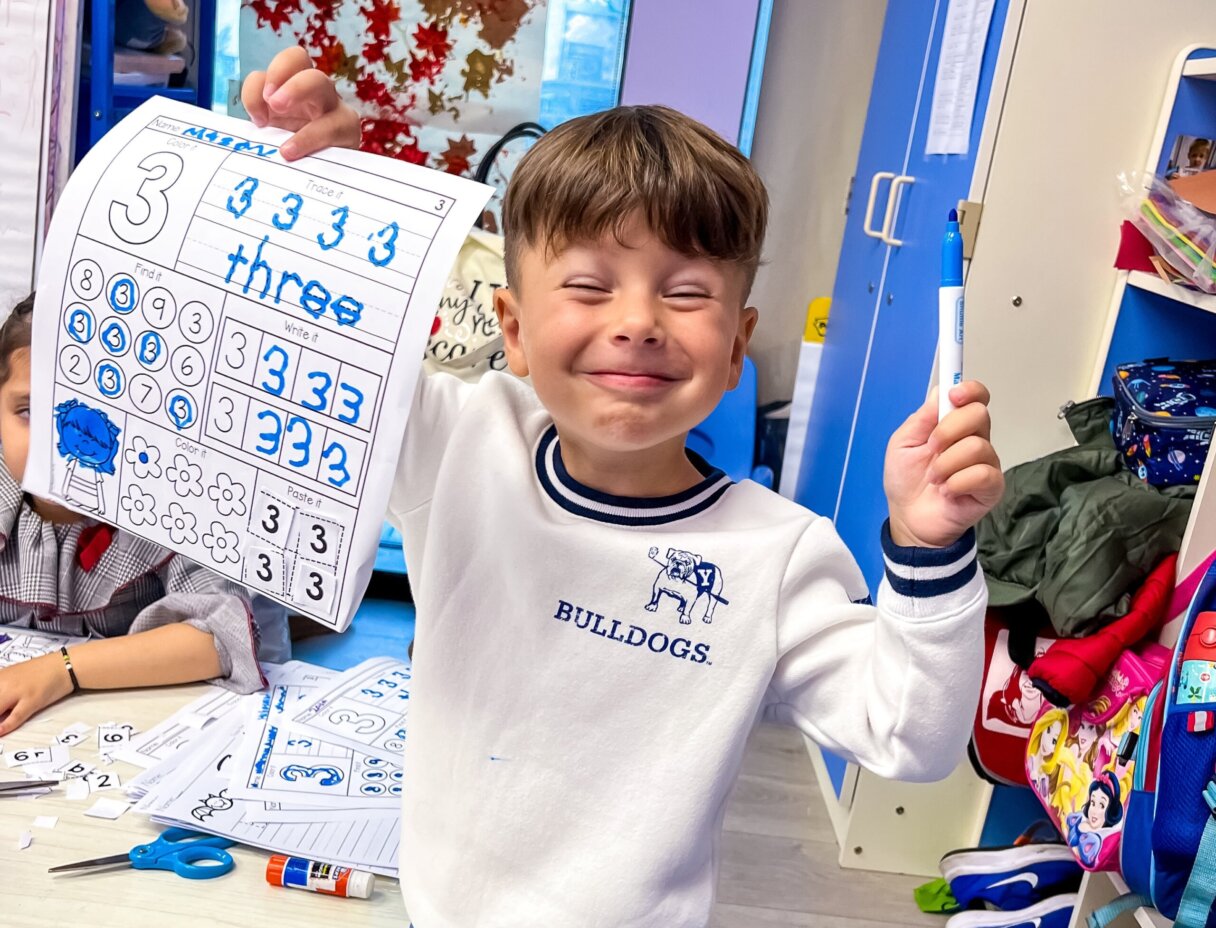
Math problem-solving activities for preschoolers
Math problem-solving activities for preschoolers should be engaging and hands-on, helping them understand basic mathematical concepts through play and exploration. Here’s a list of activities designed to enhance their math problem-solving skills:
- Sorting and Categorizing: Children sort objects by color, size, shape, or type, which develops their ability to recognize patterns and categories.
- Counting Games: Using toys, beads, or blocks to count aloud helps preschoolers understand numbers and quantity.
- Simple Puzzles: Completing puzzles with different shapes and sizes teaches spatial awareness and geometric concepts.
- Matching Activities: Pairing matching items or numbers with corresponding groups of objects enhances number recognition and counting skills.
- Shape Hunts: Finding objects of specific shapes in their environment helps children identify and classify geometric shapes.
- Measurement Activities: Using rulers, measuring tapes, or comparing objects directly teaches basic measurement and comparison skills.
- Number Stories: Creating simple stories that involve addition or subtraction helps in understanding basic arithmetic operations.
- Pattern Making: Using colored blocks or beads to create and extend patterns teaches sequencing and predictive logic.
Creative problem-solving games and activities
Creative problem-solving activities encourage thinking outside the box and foster innovation. Here are some games and activities that can help develop these skills:
- Story Building: Participants add to a story one sentence at a time, promoting creative thinking and collaborative storytelling.
- Invention Scramble: Children use random objects to create a new invention, encouraging imaginative thinking and resourcefulness.
- Obstacle Course: Setting up an obstacle course with specific challenges requires planning and strategy to navigate.
- Riddle Solving: Engaging in riddles and brain teasers enhances critical thinking and comprehension skills.
- Building Challenges: Using blocks or LEGO, children are tasked with constructing a structure based on a theme or specific requirements.
- Role-Playing Games: Children take on different roles and scenarios, promoting empathy and creative problem-solving in social situations.
- Art Projects: Encouraging free-form art or specific thematic projects helps in exploring creativity and expressing ideas visually.
- Treasure Hunts: Organizing a treasure hunt with clues and challenges promotes logical reasoning and teamwork.
Utilizing problem-solving cards for interactive learning
Problem-solving cards are a versatile tool that can be used to promote interactive learning. They typically feature scenarios, questions, or challenges that prompt learners to think critically and develop solutions. Here’s how they can be used effectively:
- Scenario-Based Learning: Cards can present real-life situations that require learners to apply knowledge and critical thinking to solve problems.
- Group Discussions: Using cards to initiate group discussions encourages collaboration and the sharing of diverse perspectives.
- Role-Playing Activities: Cards can set up role-playing exercises where learners must navigate and resolve conflicts or challenges.
- Game-Based Learning: Incorporating cards into games can make learning fun and competitive, motivating learners to engage more deeply with the content.
- Skill Development Workshops: Cards can be used in workshops to practice specific skills, such as negotiation, decision-making, or creative thinking.
List of Necessary Elements for Utilizing Problem-Solving Cards
To effectively use problem-solving cards in interactive learning, certain elements are necessary:
- Varied and Relevant Content: Cards should cover various topics and scenarios relevant to the learners’ experiences and learning objectives.
- Clear and Concise Instructions: Each card should have clear, concise instructions to ensure learners understand the problem or task.
- Adaptability: Cards should be versatile enough to be used in different teaching methods and learning environments, whether in-person or online.
- Interactive Design: Engaging visuals and interactive elements on the cards can enhance the learning experience.
- Feedback Mechanism: Incorporating a way to provide feedback on the solutions or discussions generated from the cards helps in assessing understanding and progress.
- Scalability: The difficulty level of the cards should be scalable to cater to different skill levels and learning stages.
- Cultural Sensitivity: Content on the cards should be culturally sensitive and inclusive, reflecting diverse perspectives and experiences.
- Supplementary Materials: Providing additional resources or information related to the scenarios on the cards can deepen understanding and extend learning.
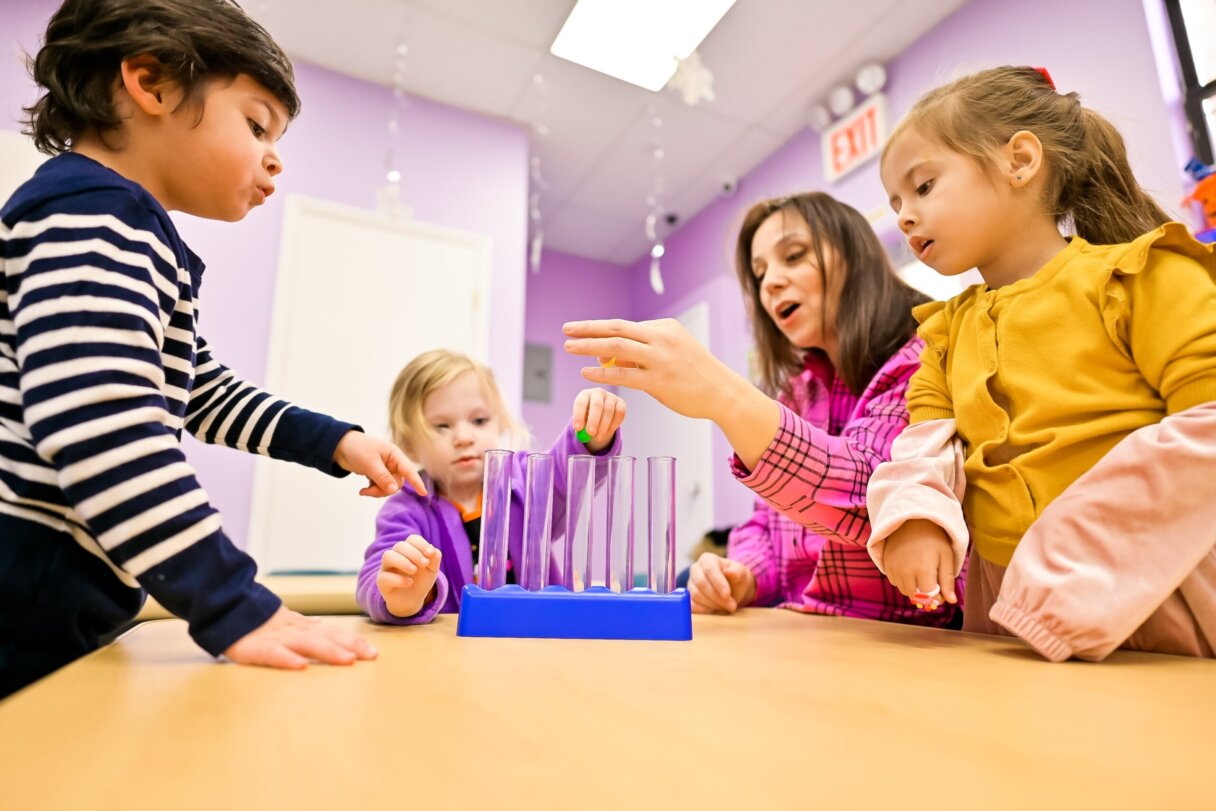
Teaching Strategies
How to teach problem-solving to preschoolers effectively?
Teaching problem-solving to preschoolers is about guiding them to think independently, make decisions, and learn from outcomes. Here’s how educators and parents can effectively teach problem-solving skills to preschoolers:
- Model Problem-Solving Behavior: Demonstrate how to approach problems calmly and thoughtfully, talking through the process out loud.
- Create a Safe Learning Environment: Ensure that the environment is supportive and non-judgmental, allowing children to explore solutions without fear of failure.
- Encourage Exploration and Play: Through play, children can experiment with different solutions and learn from trial and error.
- Ask Open-Ended Questions: Encourage thinking by asking questions that have no single right answer, prompting children to explore various possibilities.
- Facilitate, Don’t Solve: Guide children through the problem-solving process, helping them think of solutions, rather than providing answers.
- Use Storytelling: Stories can introduce problems in a relatable context, encouraging children to come up with creative solutions.
- Encourage Teamwork: Group activities can teach children how to collaborate, share ideas, and solve problems together.
- Teach Emotional Regulation: Help children recognize and manage their emotions, which is a critical part of solving problems effectively.
List of Necessary Elements for Teaching Problem-Solving to Preschoolers
To teach problem-solving effectively to preschoolers, certain elements are necessary:
- Patience and Time: Problem-solving skills develop over time, requiring patience and practice.
- Age-Appropriate Challenges: Problems should be relevant and challenging but achievable for their developmental stage.
- Variety of Materials: Provide diverse materials and resources to stimulate creative thinking and problem-solving.
- Positive Reinforcement: Celebrate successes and encourage perseverance, reinforcing the value of effort and learning from mistakes.
- Consistent Opportunities: Regularly integrate problem-solving activities into daily routines and learning experiences.
- Clear Guidance and Support: Offer clear instructions and support to help children understand the problem-solving process.
- Reflective Practice: Encourage children to reflect on the problem-solving process and outcomes to enhance learning.
- Cultural and Contextual Relevance: Ensure problems and scenarios are culturally relevant and relatable to the children’s experiences.
Incorporating problem-solving steps into everyday activities
Incorporating problem-solving steps into everyday activities offers a practical and seamless way to enhance critical thinking skills. This approach involves identifying daily tasks or challenges and using them as opportunities to practice problem-solving.
For instance, during meal preparation, children can be involved in deciding what to cook, which ingredients are needed, and how to follow the recipe. This engages them in decision-making, sequencing, and logical thinking.
Similarly, when faced with conflicts or decisions, guiding children through identifying the issue, brainstorming possible solutions, evaluating these options, and then implementing and reflecting on the outcome can be very effective. This method makes problem-solving a natural part of daily life and helps children learn to apply these skills autonomously, preparing them for more complex challenges as they grow.
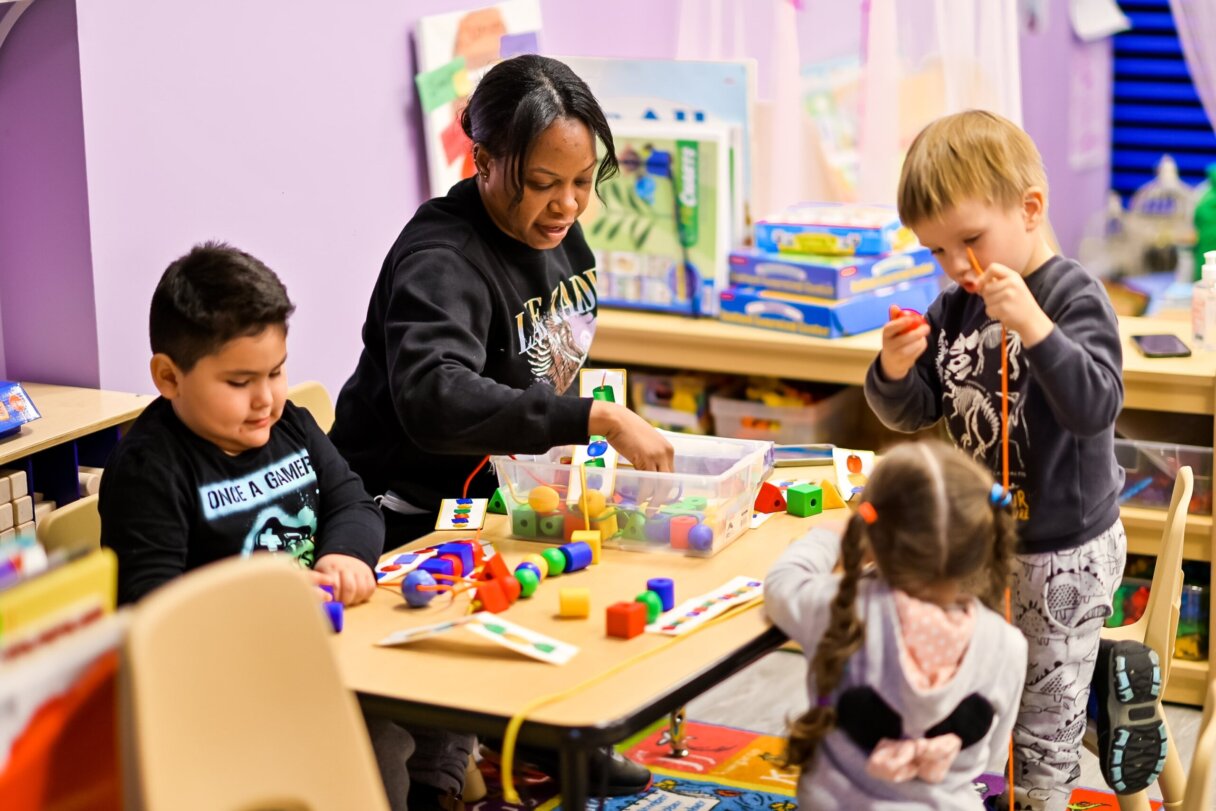
Role of adults in facilitating problem-solving skills
Adults play a crucial role in facilitating problem-solving skills among children by acting as guides, models, and supporters. They set the stage for learning by providing appropriate challenges and resources that encourage critical thinking and experimentation.
Through modeling problem-solving behavior—like verbalizing thought processes, showing how to evaluate options, and demonstrating persistence in the face of difficulties—adults provide a blueprint for children to follow. They also create a safe environment where children feel free to explore solutions without fear of judgment, offering guidance and encouragement rather than solutions, which promotes independence and confidence.
Additionally, by asking open-ended questions, adults can stimulate children’s thought processes and encourage them to see problems from different angles, further developing their critical thinking and decision-making skills. Adults are vital in nurturing an atmosphere where problem-solving can thrive, guiding children to become proficient problem-solvers.
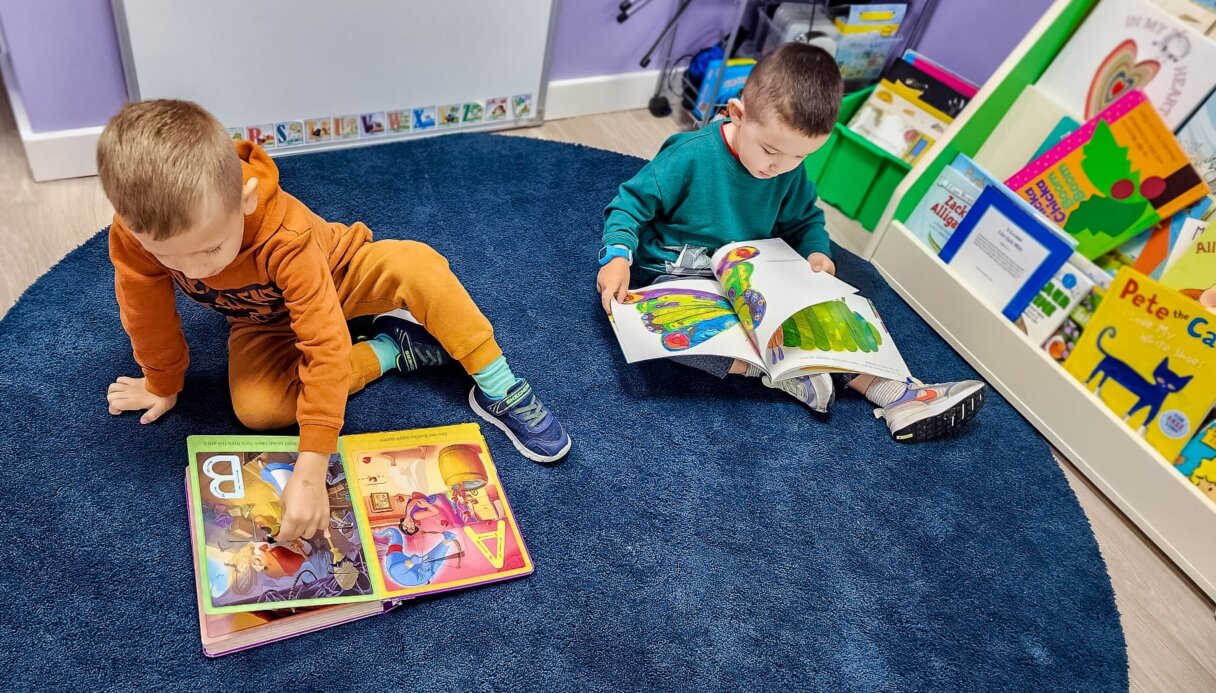
Educational Resources
Recommended problem-solving books for preschoolers
Books can be a fantastic resource for developing problem-solving skills in preschoolers. Here are some highly recommended titles that engage young readers in the art of problem-solving:
- “Rosie Revere, Engineer” by Andrea Beaty: This book encourages innovation and perseverance, showing that failure is just a step towards success.
- “Curious George” series by H.A. Rey: The adventures of Curious George teach problem-solving and curiosity, as the little monkey often finds himself in tricky situations that require clever solutions.
- “The Most Magnificent Thing” by Ashley Spires: This story is about a girl who learns about frustration and perseverance while trying to create something magnificent.
- “Ish” by Peter H. Reynolds: Reynolds’ book teaches children that thinking “ish-ly” is more important than perfection, encouraging creative problem-solving.
- “Not a Box” by Antoinette Portis: This book stimulates imagination and creativity, showing how a simple box can be much more through innovative thinking.
- “The Dot” by Peter H. Reynolds: Another book by Reynolds, it inspires children to start small and see where their imagination and problem-solving can take them.
- “What Do You Do With a Problem?” by Kobi Yamada: This book personifies problems as opportunities to learn and grow, teaching children to face challenges head-on.
- “Beautiful Oops!” by Barney Saltzberg: Saltzberg’s book encourages finding beauty in mistakes and learning from them, promoting a positive attitude towards problem-solving.
Reputable online resources
Here’s a list of reputable online resources that provide valuable content on teaching problem-solving skills to preschoolers, including activities, strategies, and educational insights:
- NAEYC (National Association for the Education of Young Children): Offers a wealth of resources on early childhood development, including articles and tips on promoting problem-solving skills.
- Teaching Strategies: Offers innovative, research-based teaching methods and resources for early childhood educators to enhance problem-solving skills in preschoolers.
- Education.com: Contains a wide range of problem-solving activities, worksheets, and games tailored for preschool-aged children.
These websites are well-regarded in the field of early childhood education and provide a range of tools and insights for effectively teaching problem-solving skills to preschoolers.
Using problem-solving worksheets as a learning tool
Problem-solving worksheets are an effective learning tool for developing critical thinking and analytical skills. They provide structured opportunities for students to practice and refine their approach to solving various types of problems.
List of Necessary Elements for Problem-Solving Worksheets
For problem-solving worksheets to be an effective learning tool, they should include:
- Clear Instructions: Directions should be concise and easy to understand, ensuring students know what is expected.
- Relevant Content: Problems should be age-appropriate and connected to real-world situations to enhance relevance and engagement.
- Structured Approach: Worksheets should guide students through the problem-solving process, possibly outlining steps like understanding the problem, devising a plan, carrying out the plan, and reviewing the solution.
- Variety in Problem Types: Including different types of problems, such as puzzles, logic problems, and word problems, can cater to various learning styles and interests.
- Space for Workings: Providing ample space for students to write down their thought processes and calculations is important for developing their ability to solve problems systematically.
- Engaging Design: Visually appealing worksheets with illustrations or graphics can motivate students and enhance their learning experience.

Practical Application
Real-life problem-solving scenarios for preschoolers to navigate
Preschoolers can learn valuable problem-solving skills through real-life scenarios they can relate to and navigate. Here’s a list of scenarios that can help preschoolers develop and practice these skills:
- Sharing Toys: Navigating how to share toys with siblings or friends, deciding who plays with what, and for how long.
- Dressing for the Weather: Choosing appropriate clothing for the day based on the weather conditions, like selecting a raincoat on a rainy day or a sunhat when it’s sunny.
- Meal Choices: Making decisions about what to eat for snacks or meals, balancing between healthy options and favorite treats.
- Cleaning Up: Figuring out how to organize and clean up toys and supplies efficiently after playtime.
- Lost Items: Developing strategies to find a lost toy or belonging, retracing steps, and thinking of places where it could be.
- Turn-taking Games: Learning to wait for a turn and cope with the delay in gratification during group games or activities.
- Building Structures: Deciding how to build a stable structure using blocks or other materials, which involves planning and adjusting techniques.
- Resolving Conflicts: Finding peaceful solutions to disputes with peers, like taking turns, sharing, or finding a compromise.
- Planning a Playdate: Participating in planning activities, considering what games to play and what snacks to have.
- Handling Emotions: Identifying and managing emotions when things don’t go as planned, such as calming down after a disappointment.
Conclusion
Nurturing problem-solving skills from a young age is beneficial and crucial for children’s cognitive and emotional development. As detailed in this article, integrating problem-solving activities into the daily routines of preschoolers can significantly enhance their ability to navigate and overcome challenges, fostering independence, creativity, and resilience.
Therefore, parents, educators, and caregivers must incorporate a variety of problem-solving activities into their interactions with young learners. From math games to social scenarios and creative play, every moment can be an opportunity to develop these vital skills. Let’s embrace the joy and responsibility of guiding our preschoolers through their problem-solving journey, equipping them with the tools they need to thrive in an ever-changing world. Encourage, facilitate, and revel in the process of discovery, and watch as the seeds of today’s problem-solving activities blossom into the critical thinking abilities of tomorrow.
Empower your little scholar with the gift of problem-solving! Join us at Little Scholars Daycare, where we turn everyday moments into exciting learning opportunities. Enroll your child today and watch them grow into confident, creative problem-solvers ready to take on the world!


